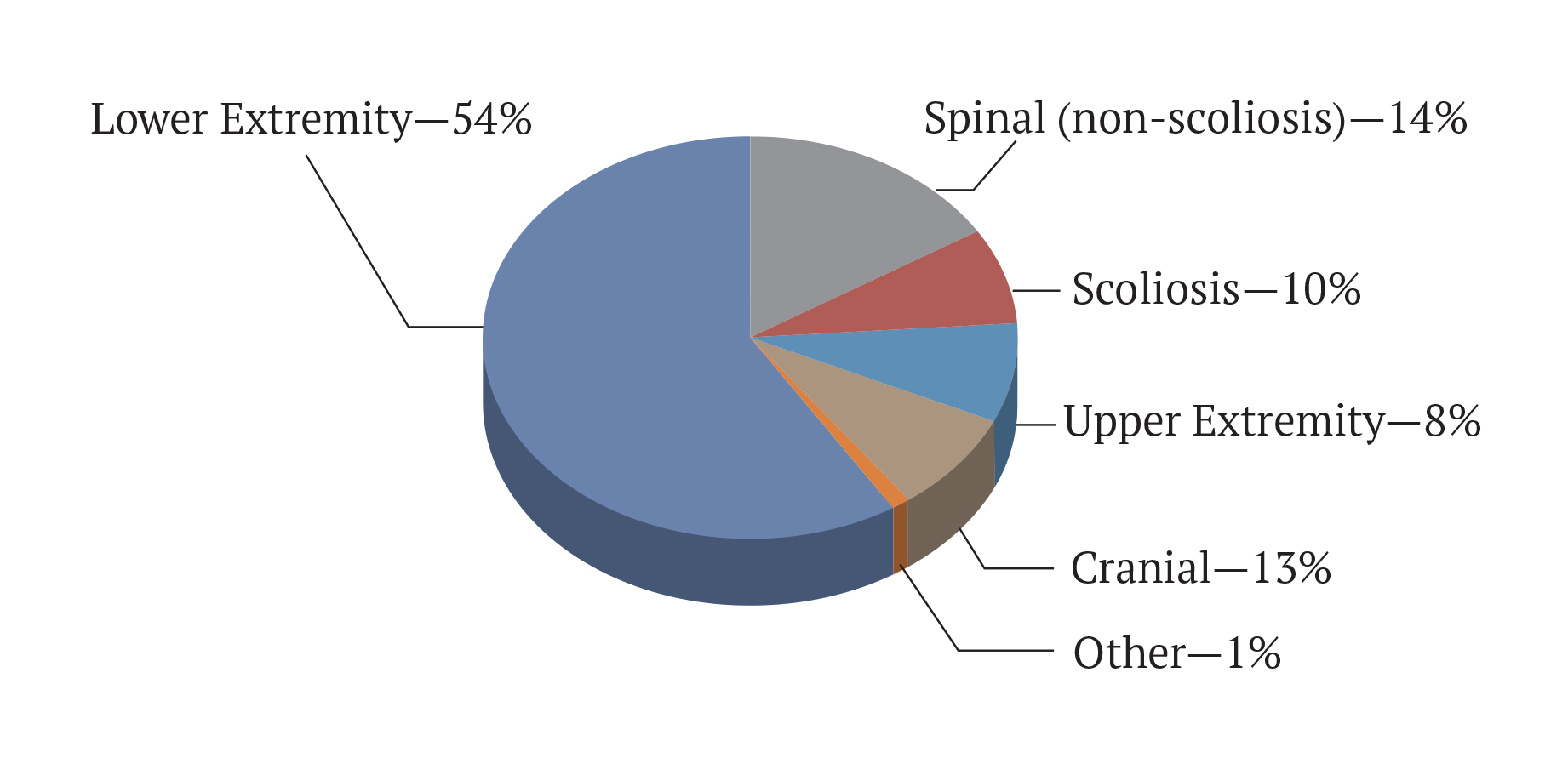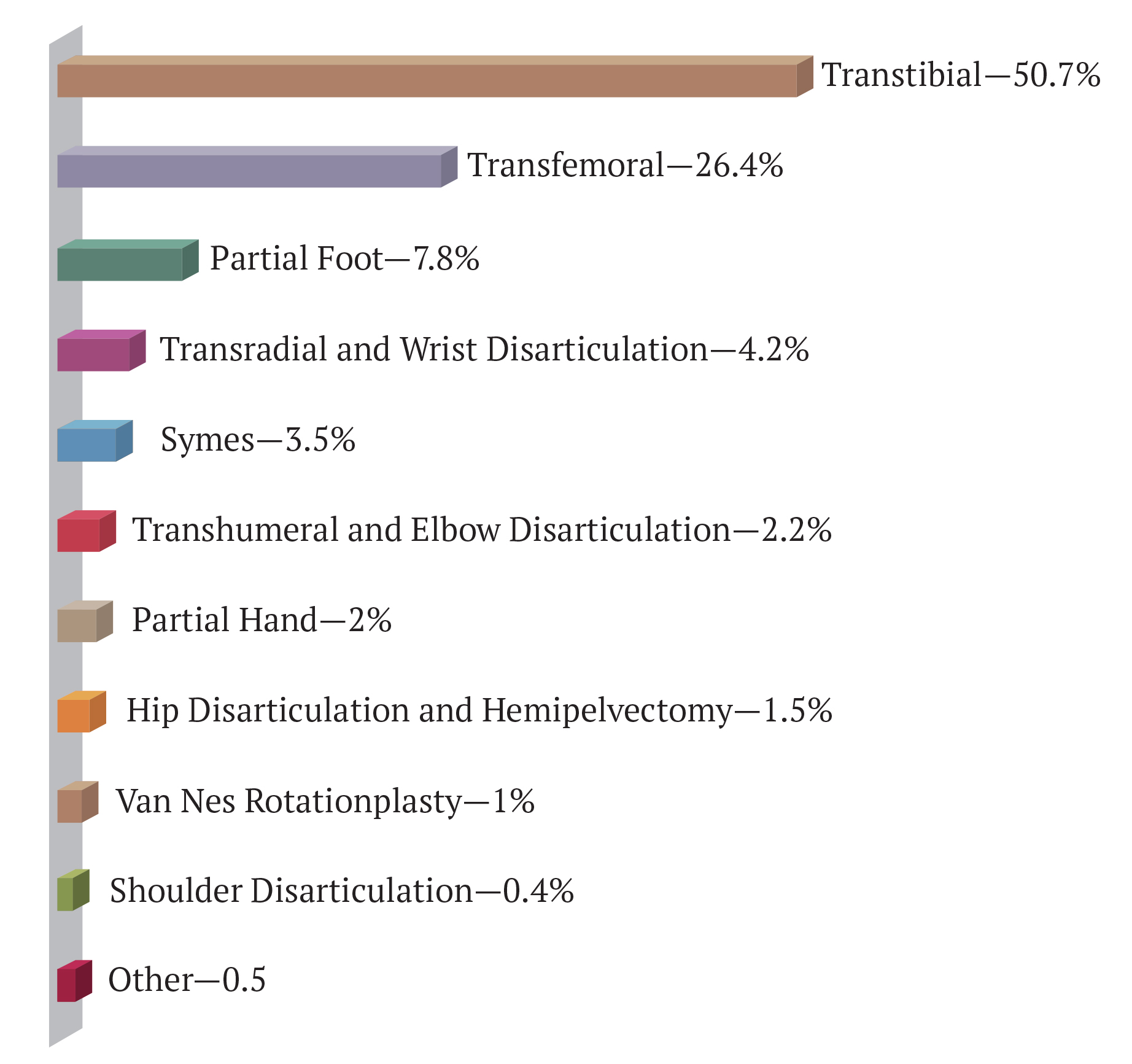Contents
- Thank You
- Test Content Outlines
- Task Statements
- Knowledge and Skill Statements
- Current O&P Practice Composition
- Additional Resources
©2025 by the American Board for Certification in Orthotics, Prosthetics & Pedorthics, Inc. All rights reserved.
No part of this document may be produced in any form without written permission of the American Board for Certification in Orthotics, Prosthetics & Pedorthics, Inc.
Practice Analysis Residency Director Guide
How to Use the ABC Practice Analysis to Your Advantage
January 2023
Current O&P Practice Composition
The Practice Analysis also includes data on the percentage of time spent in regard to orthotic and prosthetic devices. This important information can assist you with your residency by helping to guide the self-assessment of your program. This information is also beneficial to your resident, as the exam development committees use this data to determine the number of questions in each practice area.
Percentage of Time in Orthotic Practice Areas

Percentage of Time in Prosthetic Practice Areas

The Practice Analysis breaks down the practice areas even further. For example in orthotics, certified orthotists report they spend 59% of their time in the lower extremity practice area. Within that area their time is divided among specific device types. About 18% of their time is spent on AFOs, 10% on foot orthoses, 7% on shoes, 5% on knee orthoses and 3% on knee ankle foot orthoses.
In Prosthetics, certified prosthetists report that they spend 51% of their time providing care related to transtibial prostheses. This is further broken down by socket design and suspension method. About 33% report they utilize hydrostatic (employing a locking mechanism) and 19% use a total surface bearing (no locking mechanism employed) design. For suspension method, 22% of prosthetists use a roll-on liner with lock or lanyard and 15% utilize a roll-on liner, suction with other accessories (seal or sleeve).






